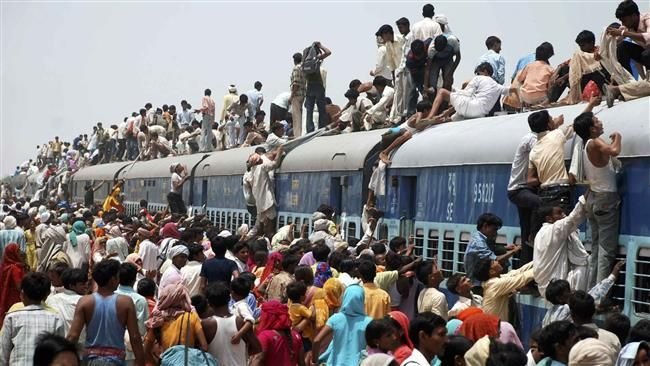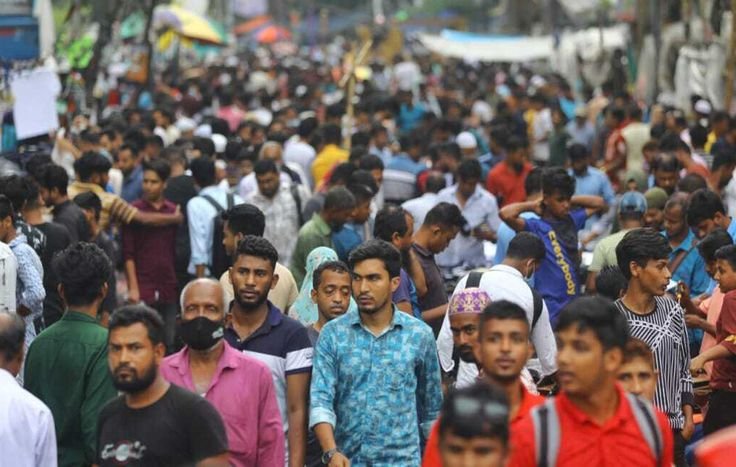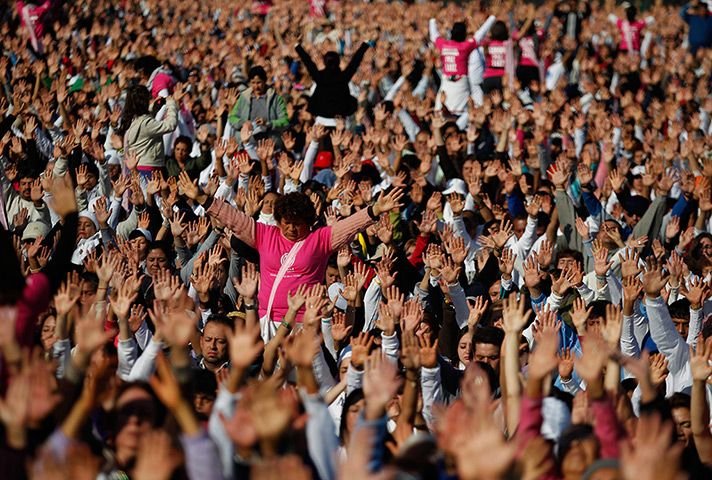The world’s population has grown exponentially over the years, with some countries leading the pack in terms of sheer numbers. As of 2024, more than 7.9 billion people inhabit the planet, and the population distribution is heavily concentrated in a few large countries. Understanding which nations hold the largest populations helps provide insight into global trends, economies, and development patterns. Below is a list of the top 10 most populated countries, along with some key facts about their demographics.
1. China

- Population: 1.4 billion
- Key Facts: China has held the title of the most populated country for decades, accounting for approximately 18% of the world’s population. Major urban centers include Beijing, Shanghai, and Guangzhou. The one-child policy, which was in place from 1979 to 2015, greatly influenced its population growth.
2. India

- Population: 1.39 billion
- Key Facts: India is rapidly closing in on China and is expected to surpass it in the coming years. Its diverse population is spread across major cities like Mumbai, Delhi, and Bangalore, and the country’s economic growth continues to rise alongside its population.
3. United States

- Population: 335 million
- Key Facts: The U.S. has long been the third most populated country, with a melting pot of cultures from around the globe. The largest states by population include California, Texas, and Florida.
4. Indonesia

- Population: 276 million
- Key Facts: Indonesia is the largest country in Southeast Asia and the world’s most populous Muslim-majority country. The archipelago of over 17,000 islands has a dense population concentrated on Java Island, home to the capital city, Jakarta.
5. Pakistan

- Population: 240 million
- Key Facts: Pakistan’s population has seen rapid growth in recent years, making it the fifth most populous country. Karachi and Lahore are the two largest urban areas.
6. Nigeria

- Population: 223 million
- Key Facts: Nigeria is the most populous country in Africa, and its population is growing at one of the fastest rates globally. Lagos, the country’s economic hub, is one of the largest cities in the world.
7. Brazil

- Population: 214 million
- Key Facts: Brazil, the largest country in South America, has a majority urban population. Major cities include São Paulo and Rio de Janeiro, both of which are critical to Brazil’s economy and culture.
8. Bangladesh

- Population: 172 million
- Key Facts: Despite its relatively small land area, Bangladesh has one of the highest population densities in the world. The capital city, Dhaka, is one of the fastest-growing megacities.
9. Russia

- Population: 146 million
- Key Facts: Russia is the largest country in the world by land area, but much of its population is concentrated in the western part of the country. Moscow and St. Petersburg are its largest cities.
10. Mexico

- Population: 133 million
- Key Facts: Mexico, the second most populous country in Latin America, has a rich cultural heritage and booming urban areas, including Mexico City, one of the largest cities in the world by population.
Conclusion
These ten countries collectively house over half of the world’s population. Factors such as urbanization, economic development, and government policies play crucial roles in shaping their population dynamics. Understanding the population distribution among these nations provides valuable insights into global markets, resource management, and international politics.





